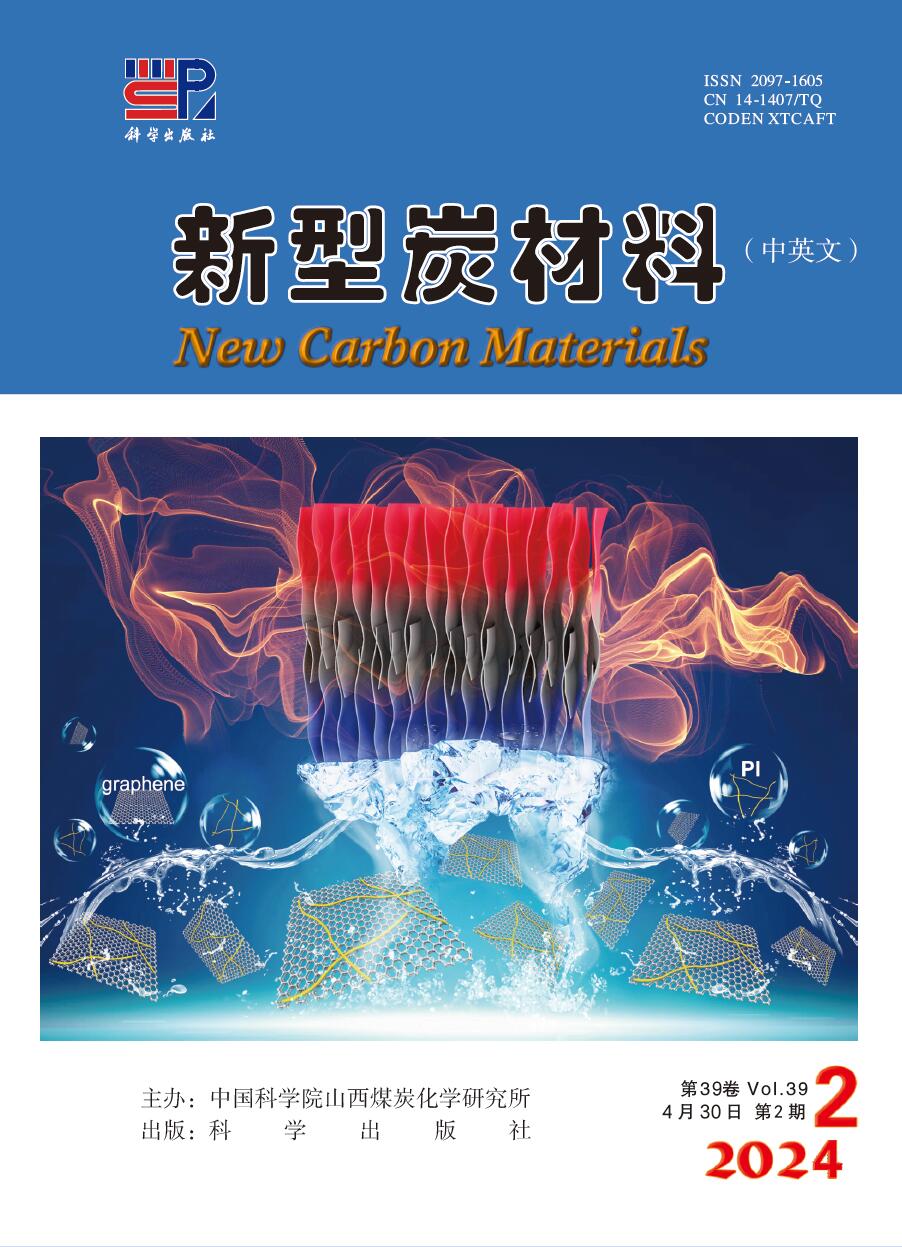2013 Vol. 28, No. 4
2013, 28(4)
Abstract:
2013, 28(4)
doi: 10.1016/S1872-5805(13)60079-7
Abstract:
2013, 28(4)
doi: 10.1016/S1872-5805(13)60080-3
Abstract:
2013, 28(4)
Abstract:
2013, 28(4)
doi: 10.1016/S1872-5805(13)60081-5
Abstract:
2013, 28(4)
doi: 10.1016/S1872-5805(13)60082-7
Abstract:
2013, 28(4)
Abstract:
2013, 28(4)
doi: 10.1016/S1872-5805(13)60083-9
Abstract:
2013, 28(4)
Abstract:
2013, 28(4)
Abstract:
2013, 28(4)
doi: 10.1016/S1872-5805(13)60084-0
Abstract:


 Abstract
Abstract PDF
PDF

 Classified Collection
Classified Collection

 Email alert
Email alert RSS
RSS Download
Download Links
Links

